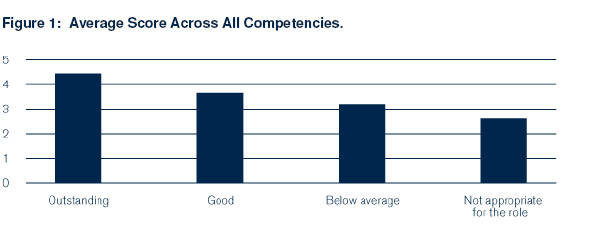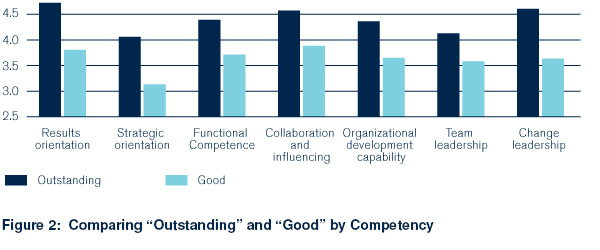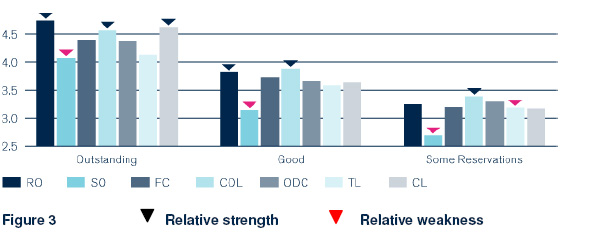What does it take to become an outstanding HR executive? Based on an analysis of the management appraisals we have conducted of HR executives, the answers may surprise you.
Over the past several years, Egon Zehnder has undertaken thousands of management appraisals of executives in all functions and across major industries. These evaluations of executives and managers are designed to help companies take stock of their available talent, improve development programs, conduct succession planning, and understand their human capital following mergers or acquisitions.
Because these detailed evaluations are performed against scaled competencies, using identical methodology across sectors and countries, they provide a comprehensive model of leadership that encompasses the core competencies of top executives.
We recently concluded an analysis of those appraisals focused on HR executives. The results carry some interesting implications both for HR departments thinking about how best to develop top HR talent and for individual HR executives who want to improve their performance…
Getting from Good to Outstanding
Based on a sample of about 360 HR executives appraised across the world and across sectors (industry, high tech, consumer, life sciences, financial services and services), our analysis does not take into account the search work done for HR positions during which we, of course, also appraise many HR executives. However, that extensive search work is used in our appraisals to benchmark executives inside a company against those outside.
The seven scaled competencies include: (1) results orientation, (2) strategic orientation, (3) functional competence, (4) collaboration and influencing, (5) organizational development capability, (6) team leadership, and (7) change leadership.
When appraising an executive on those scaled competencies (an evaluation that is independent of the position held), we also compare executives to their peer group, the executives who hold a similar position. Depending on how an executive ranks within the peer group, we rate him or her as Outstanding vs. the peer group, Good, Below average, or Not appropriate for the role.
As Figure 1 shows, HR executives who are rated outstanding vs. their peers, and therefore among the best their company could recruit to do the job, also book a statistically significant higher score for the average of their competencies.

Figure 1: Average Score Across All Competencies
Why is this important? Because it means that HR executives can improve their overall performance by working on those competencies. In our experience we find that individuals who are focusing on improving a particular competency require, on average, about six months to grow by one point in that dimension. Moving from good to outstanding in all competencies requires at least 3.5 years, assuming the appropriate and effective development plan and follow-through.
Multi-Dimensional Development
Further, we found that outstanding HR executives are better than the good ones on any single competency (Fig. 2). Becoming strong on one dimension but not evolving on the others is not likely to take you from good to outstanding.

Figure 2: Comparing “Outstanding” and “Good” by Competency
Nevertheless, a look at the relative strength of each competency for the outstanding vs. the good HR executive yields a different profile for each. Outstanding HR executives have stronger scores in results orientation, change leadership, and collaboration than in other competences. Good HR executives are relatively stronger in results orientation and collaboration than in other dimensions. So, yes, the good HR executive has to improve on all dimensions, but with a particular focus on change leadership because that is where the greatest gap between good and outstanding lies.
These findings nicely confirm the intuitive idea that to contribute greatly as an HR executive, you need not only to identify the required changes in order to implement the business strategy successfully, but also to be good at initiating and leading those changes and focusing on results, not only on concepts or processes.

Figure 3: "Relative strength" and "Relative weakness"
As Figure 3 illustrates, the analysis also found that HR executives in all categories are weak in the strategic orientation dimension relative to their performance on all other competencies. Almost all HR executives, including outstanding ones, stand to make the biggest gains in performance along the dimension of strategic orientation.
Armed with the knowledge of what competencies need to be improved – bearing in mind that all should ultimately be improved – HR executives are ready to ask the next question: What kind of development experiences are most likely to improve a particular competency? That is the subject of the next installment in this series.





